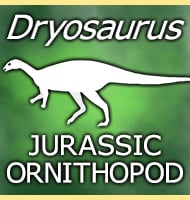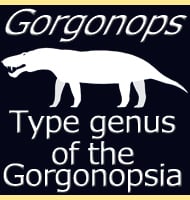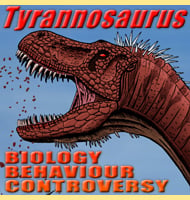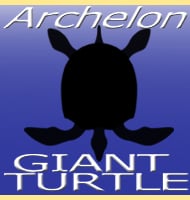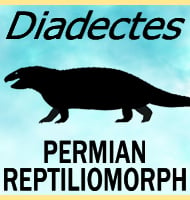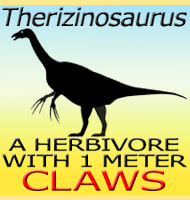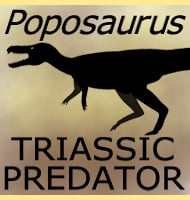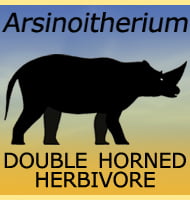In Depth
Axestemys is a genus of soft shelled turtle that lived from the Late Cretaceous to at least the Eocene, and is known from both North America and Europe. Instead of a hard shell, Axestemys would have had a tough leathery skin surrounding its body. Modern day soft shelled turtles can be omnivorous, meaning they eat both plants and animals, though many species are exclusive carnivores. Prey animals of soft shelled turtles include fish, molluscs, amphibians, crustaceous, virtually any small aquatic organism that they can catch. It is thus inferred that Axestemys had a similar predatory behaviour.
Further Reading
- Descriptions of some new Vertebrata from the Bridger Group of the Eocene. Proceedings of the American Philosophical Society 12:460-465. - E. D. Cope - 1871. - A new turtle from the Paleocene of Colorado. - Fieldiana Geology 10:1-4. - K. P. Schmidt - 1945. - Giant fossil soft-shelled turtles of North America. - Palaeontologia Electronica. - Natasha S. Vitek - 2012. – A new species of trionychid turtle, Axestemys infernalis sp. nov., from the Late Cretaceous (Maastrichtian) Hell Creek and Lance formations of the Northern Great Plains, USA. – Palaeontologia Electronica. 33 (3): 1–28. – Walter G. Joyce, Donald B. Brinkman & Tyler R. Lyson – 2019.

